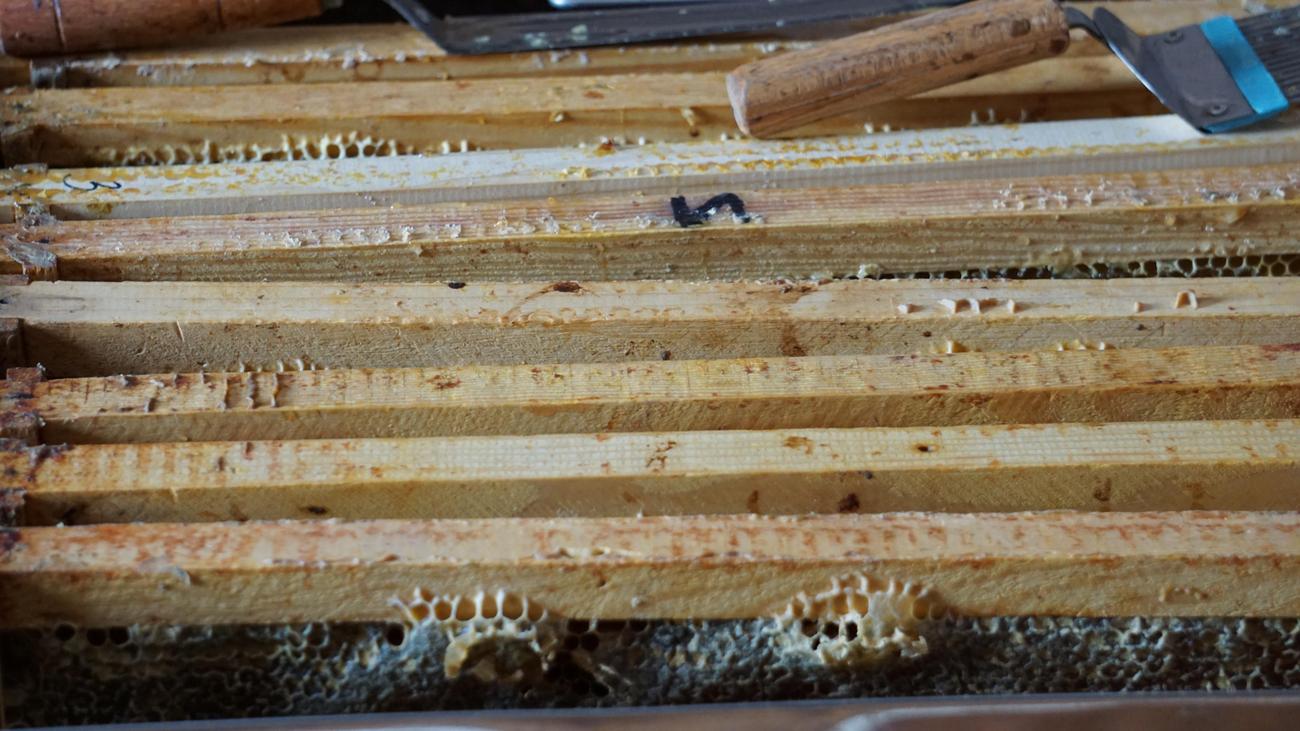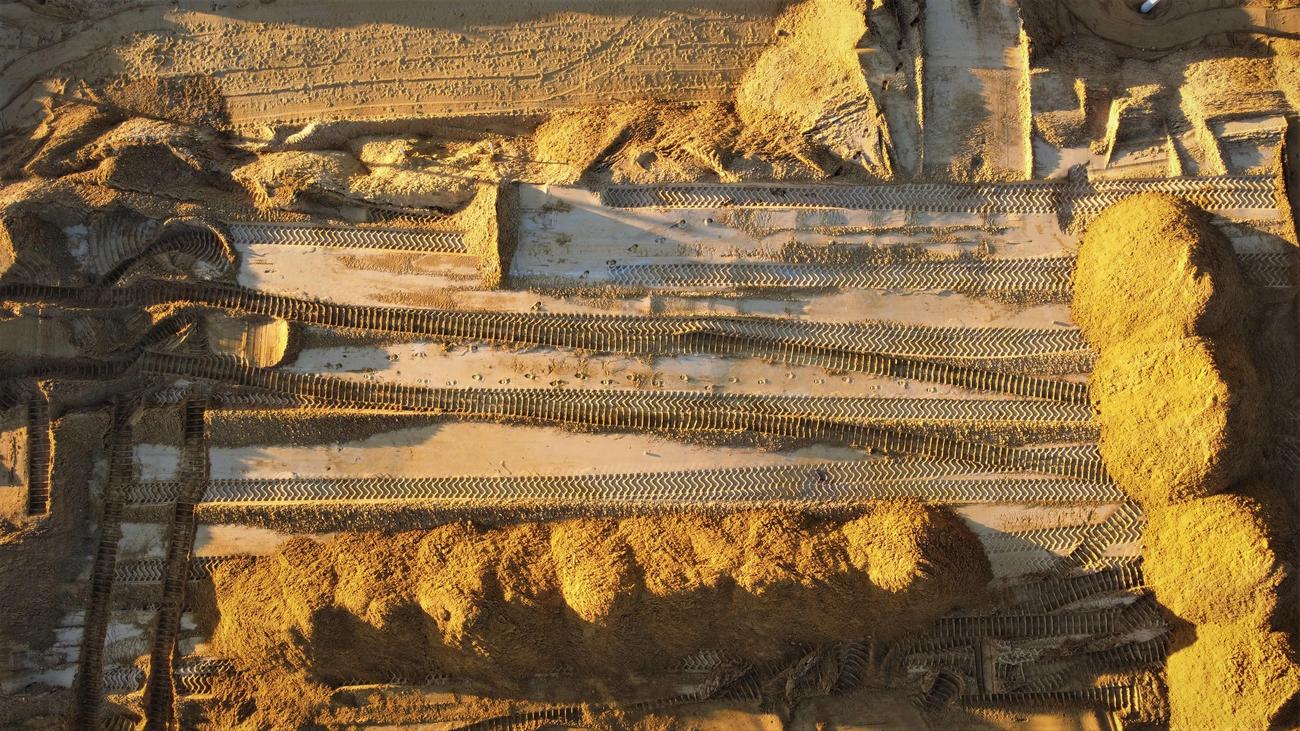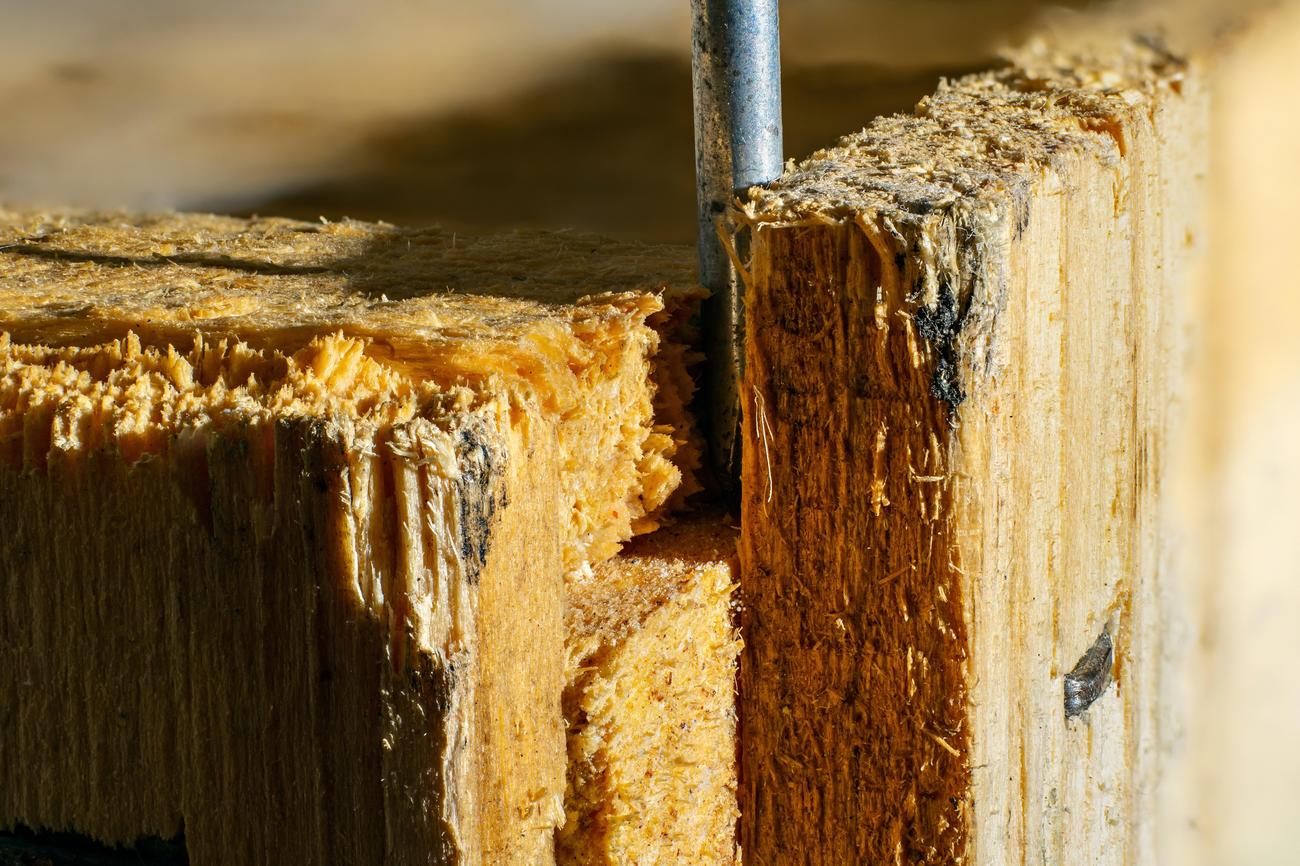Termites, those seemingly insignificant insects that scuttle beneath our feet, hold a mysterious power over our planet. From the darkest depths of subtropical rainforests to the concrete jungles of our cities, they thrive silently, shaping the very fabric of our ecosystem. In this article, we delve into the enigmatic world of termites, uncovering their total population on Earth and exploring their profound significance in shaping our world. Prepare to be amazed by the ubiquity and influence of these tiny wood-munching creatures as we unravel their secrets piece by piece.

Total Termites on Earth
Termites, those small wood-munching insects, may seem inconspicuous, but their impact on our ecosystem is truly astounding. With an estimated population of 10 quadrillion individuals worldwide, termites are undeniably one of the most abundant species on Earth. Their sheer numbers make them a force to be reckoned with, shaping our environment in ways we may not even realize.
These fascinating creatures play a crucial role in the ecosystem by breaking down dead wood and organic matter, ultimately enriching the soil with their waste. This process, known as decomposition, is vital for recycling nutrients back into the earth. Termites are the unsung heroes of recycling, tirelessly working beneath the surface to ensure the sustainable functioning of our ecosystems.
Did you know that there are over 2,700 different termite species distributed all over the world? Each species has its own unique characteristics and behaviors, contributing to the overall diversity and complexity of the termite kingdom. From the towering nests of African termites to the subterranean colonies of North America, these insects have carved out their own niches in nearly every habitat on the planet.
Termites have evolved fascinating communication strategies to coordinate their complex societies. They use chemical signals to convey vital information to one another. Through intricate chemical trails and pheromones, termites can work together with astonishing efficiency. It’s almost as if they have their own language, allowing them to function as a highly organized and cohesive unit.
When it comes to reproduction, termites have developed efficient strategies to ensure the survival of their colonies. The queens of certain species have the remarkable ability to lay up to 25 eggs per minute. Just imagine the sheer productivity! These eggs give rise to the next generation of worker, soldier, and reproductive termites, allowing the colony to persist and thrive.
Termites possess remarkable adaptations that enable them to feed on their primary food source: dead plants and cellulose. They have specialized guts, particularly the midgut, which utilizes a range of enzymes to break down plant fibers. By efficiently digesting cellulose, termites can extract nutrients and energy from materials that would be indigestible to many other animals.
The ubiquity of termites is truly astonishing. In fact, some estimations suggest that these tiny insects make up 10% of all animal biomass and a staggering 95% of soil and insect biomass in tropical regions. These statistics highlight the immense ecological importance of termites. They not only facilitate nutrient cycling but also provide a crucial food source for other organisms, such as birds and lizards.
However, termites are not without their downsides. While they are essential for ecosystem functioning, they can also cause damage to human structures if not properly managed. This is particularly true for homes and buildings made of wood, which termites view as a readily available food source. It’s important to take preventative measures to protect structures from termite infestations, such as maintaining proper sanitation, eliminating moisture, sealing cracks, and using termite-resistant materials in construction.
In conclusion, termites may be small, but their significance in shaping our ecosystem is immense. Their extraordinary numbers and vital role in decomposition make them key players in the web of life. From communicating through chemical signals to their ability to break down plant fibers, termites have evolved remarkable adaptations that have allowed them to thrive in nearly every corner of the globe. So next time you encounter a termite mound or witness swarming insects, take a moment to appreciate their ubiquity and importance in shaping our environment.
“Termites, the unsung heroes of recycling, silently work beneath the surface, shaping our ecosystems behind the scenes.”
Termites are fascinating creatures that have long captured the imagination of scientists and homeowners alike. Have you ever wondered just how many termites there are in the world? Prepare to be amazed as we delve into the staggering numbers. Brace yourself for some mind-boggling statistics that will leave you in awe.
According to recent research, the global termite population is estimated to be in the billions. Yes, billions! These tiny insects have managed to conquer nearly every corner of the Earth, from tropical rainforests to arid deserts. The sheer scale of their presence is nothing short of incredible.
If you’re curious to learn more about these industrious architects of destruction, you won’t want to miss our in-depth exploration on “How Many Termites Are There In The World.” Discover the hidden secrets of their intricate societies and the incredible impact they have on our ecosystems. Click here to uncover the astonishing facts and figures behind one of nature’s most prolific creatures.
So, what are you waiting for? Embark on this captivating journey and be prepared to have your mind blown. Join us as we peel back the layers of termite society and unveil the truths lurking beneath the surface. Don’t miss out – click here to explore the fascinating world of termites and satisfy your curiosity about their global population.
How Many Termites Are There In The World

FAQ
Question 1
What is the estimated global population of termites?
Answer 1
Termites are one of the most abundant species on the planet, with an estimated population of 10 quadrillion individuals worldwide.
Question 2
What role do termites play in the ecosystem?
Answer 2
Termites play an important role in the ecosystem by breaking down dead wood and organic matter, enriching the soil with their waste.
Question 3
How many termite species are there worldwide?
Answer 3
There are over 2,700 termite species all over the world.
Question 4
How do termites communicate?
Answer 4
Termites communicate through chemical signals.
Question 5
How do termites reproduce?
Answer 5
Termites reproduce by laying eggs, and certain species have specialized queens that can lay up to 25 eggs per minute.
- Unraveling Einstein’s Legacy: Who Inherited His Genius? - July 14, 2025
- Unlock Einstein’s Family Tree: Bernhard Caesar & Untold Stories - July 14, 2025
- Unveiling Bernhard Caesar Einstein: His Life & Albert Einstein’s Legacy - July 14, 2025
















